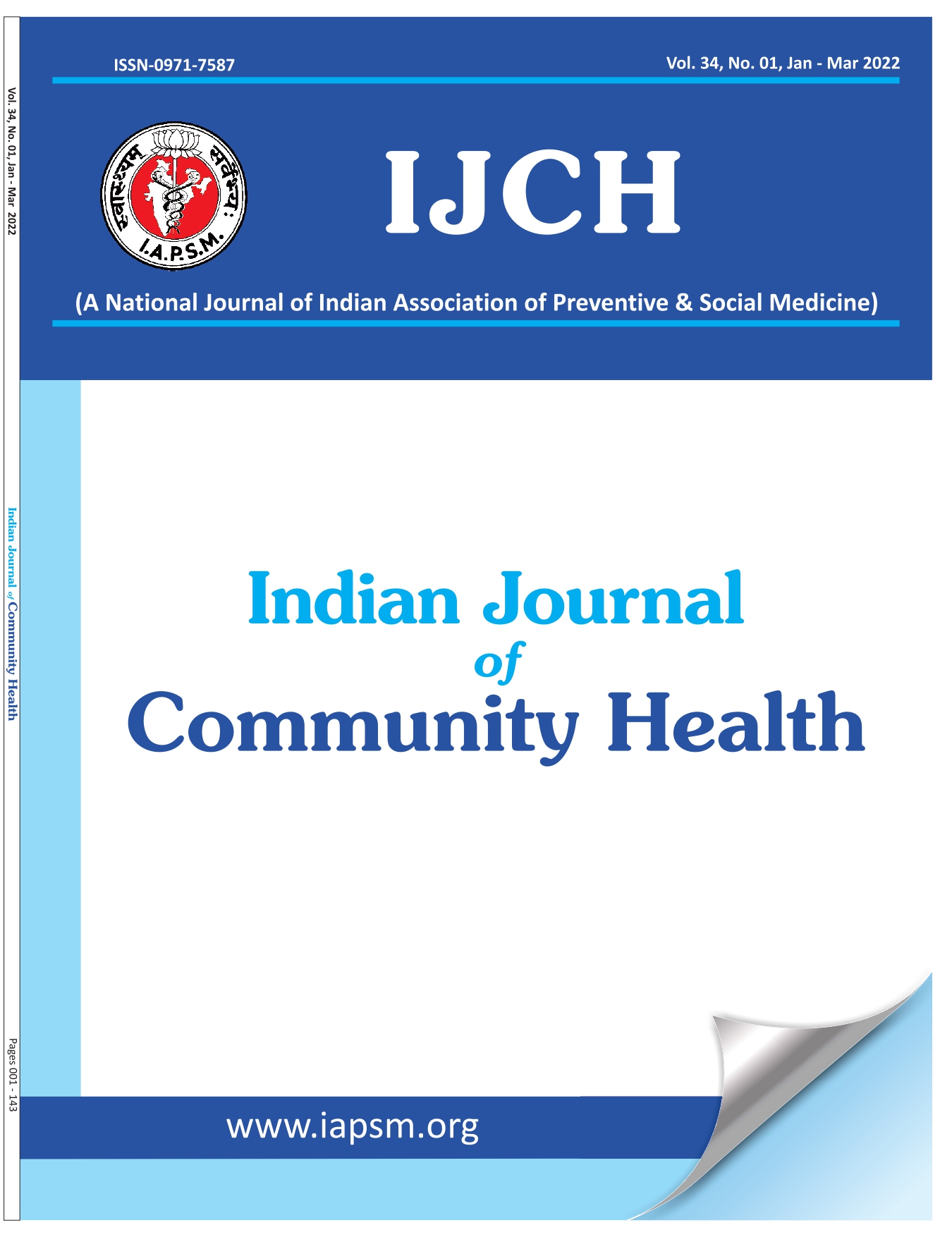Specific Absorption Rate (SAR) value of mobile phones: An awareness study among mobile users
DOI:
https://doi.org/10.47203/IJCH.2018.v30i02.011Keywords:
EMR, SAR value, handset, awarenessAbstract
Mobile phone is an inevitable part of ones life. Once been luxury has now become necessity. It’s been used by all age group people for different application apart from calling and texting. The advance in mobile technology has brought many new applications using mobile. But while using cell phone for talking or being connected to someone the user gets exposed to harmful Electro Magnetic Radiations. The exposure rate to these radiations vary from handset to handset. When cell phones are used in close proximity to human body, the radiations emitted from cell phones penetrate deep inside the human skin. Penetrated radiations produce induced electric field inside the body, resulting in absorption of power, which can be analyzed using a parameter called specific absorption rate (SAR). But still one question arises in mind that are people really aware of Safety standard especially SAR value. What does SAR value mean? It’s the specific absorption ratio measure of amount of radio frequency intensity or energy absorbed by body while connected on cellular network. It is defined as the power absorbed per mass of tissue and has units of watts per kilogram (W/kg) and in a way defines safety range of mobile handset .This study aims to measure the knowledge and awareness of SAR value of handset and the factors that influence awareness of SAR value. This is the largest sample study about mobile usage and awareness of SAR amongst mobile users .
Downloads
Downloads
Published
How to Cite
License
Copyright (c) 2018 Indian Journal of Community Health

This work is licensed under a Creative Commons Attribution-NonCommercial-NoDerivatives 4.0 International License.





